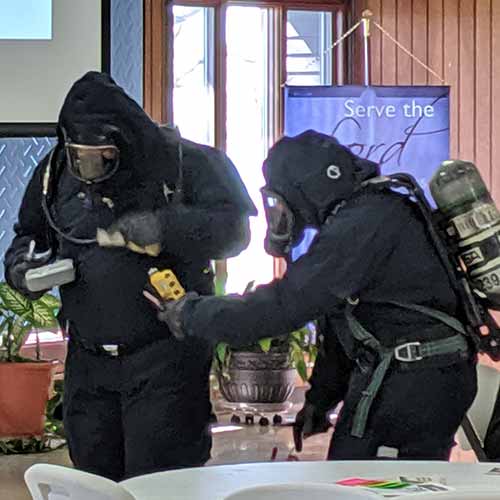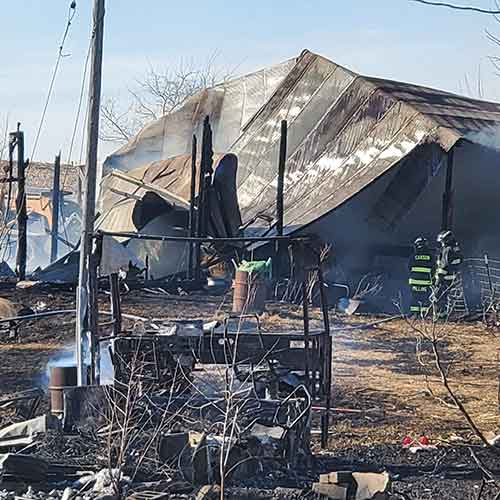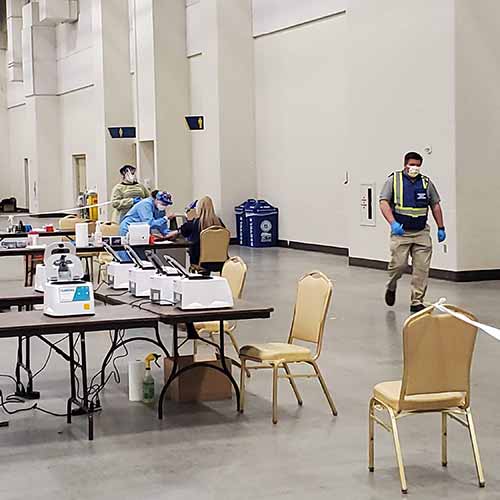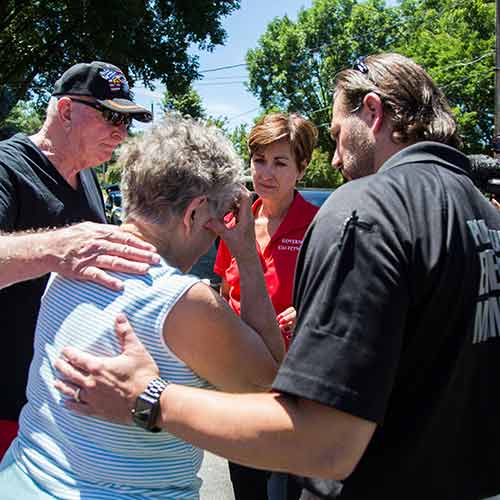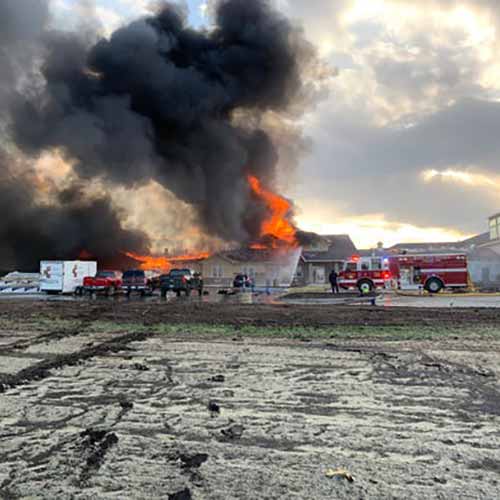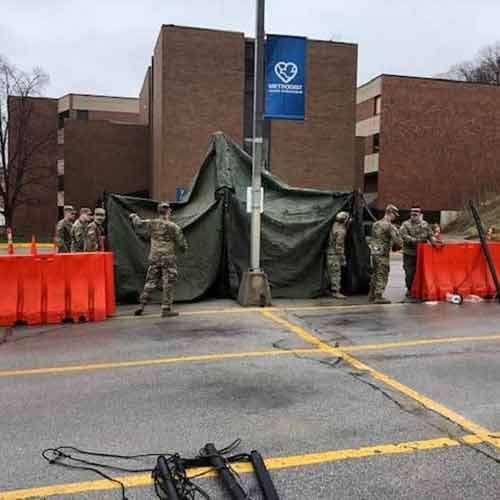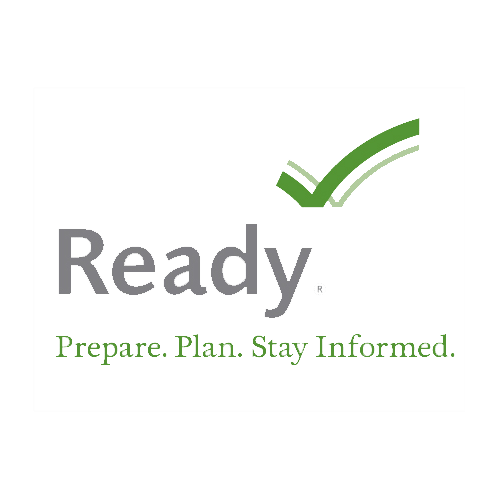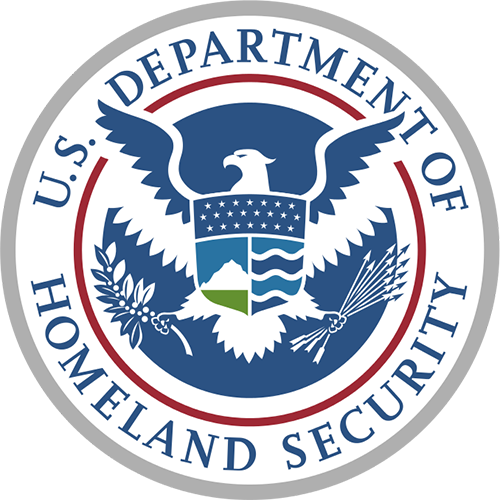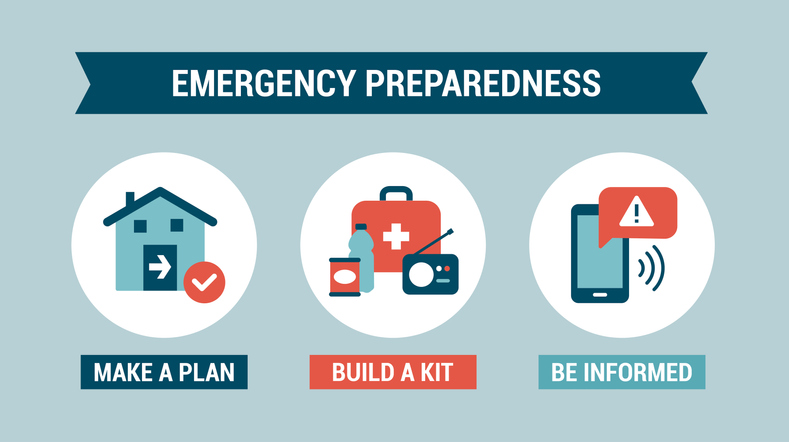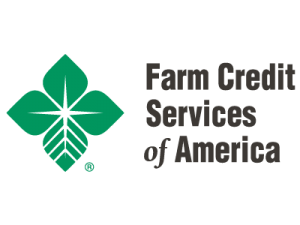Our Mission
The Iowa Emergency Management Association exists to advance the professional interests of its members and to assist Iowans in preserving life and protecting property in the face of any hazard.

Association News
Dallas County seeking a Readiness Project Specialist
The Readiness Project Specialist helps keep Dallas County ready for whatever comes next. This role is ideal for a motivated, organized professional who enjoys managing the lifecycle of multiple strategic projects, and turning plans into real-world capability.
The position plans, executes, and leads key readiness projects across the county, including developing emergency shelter plans, developing resources, maintaining agency equipment and systems, and ensuring the County Emergency Operations Center (EOC) is fully prepared for activation. The Specialist also engages directly with public and partner agencies, sharing preparedness information through outreach, digital platforms, and social media. Serving as a Duty Officer, the Specialist provides expertise and coordination during incidents.
Project management experience is essential, but prior emergency response experience is not, making this an exciting opportunity to build a meaningful career in emergency management while making a visible impact on preparedness.
For more information, go to https://www.governmentjobs.com/careers/dallascountyia/jobs/5187725/readiness-project-specialist
Shelby County has an opening for a 911 Communications Supervisor & Disaster Recovery Specialist
Position Overview: Manage the Shelby County 911 Communications Center, supervise dispatch staff, and serve as the county’s Disaster Case Advocacy Specialist. Help ensure public safety and coordinate recovery assistance for disaster survivors. Reports to the Emergency Management Coordinator.
Primary Duties Include:
- Supervising, training, and scheduling 911 telecommunicators
- Maintaining 24/7 operations and compliance with standards
- Overseeing technology systems (CAD, radio, NG911)
- Coordinating disaster recovery resources and assistance programs
Qualifications:
- Required certifications: Iowa Basic Telecommunicator, EMD, CTO (or obtainable within 12 months), Iowa/NCIC
- Experience with public safety systems preferred
- Emergency management or disaster recovery experience a plus
- Must pass background check, drug screen, and psychological evaluation
- Valid Iowa driver’s license
Working Conditions: Normal hours are Monday through Friday with the ability to cover rotating shifts, weekends, holidays, and overtime during events. High-stress environment.
For more information, go to https://shelbycounty.iowa.gov/employment/911_communications_supervisor_disaster_recovery_specialist/1213/
Association Districts
The Iowa Emergency Management Association has divided Iowa into six districts. Each district appoints two active members to represent that district on the Executive Committee of the Association – one as the primary representative and the other as the alternate. The district reps are responsible for conducting district meetings and relaying information between the members of their district and the Executive Committee.
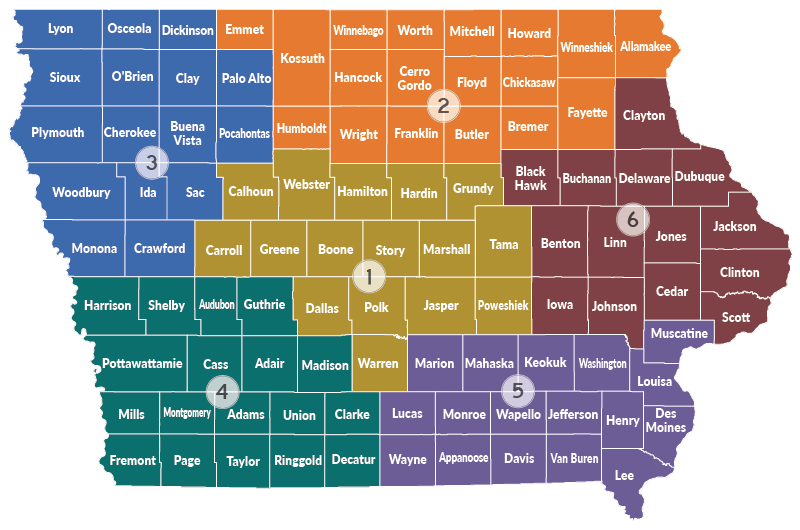
Be Ready When Disaster Strikes
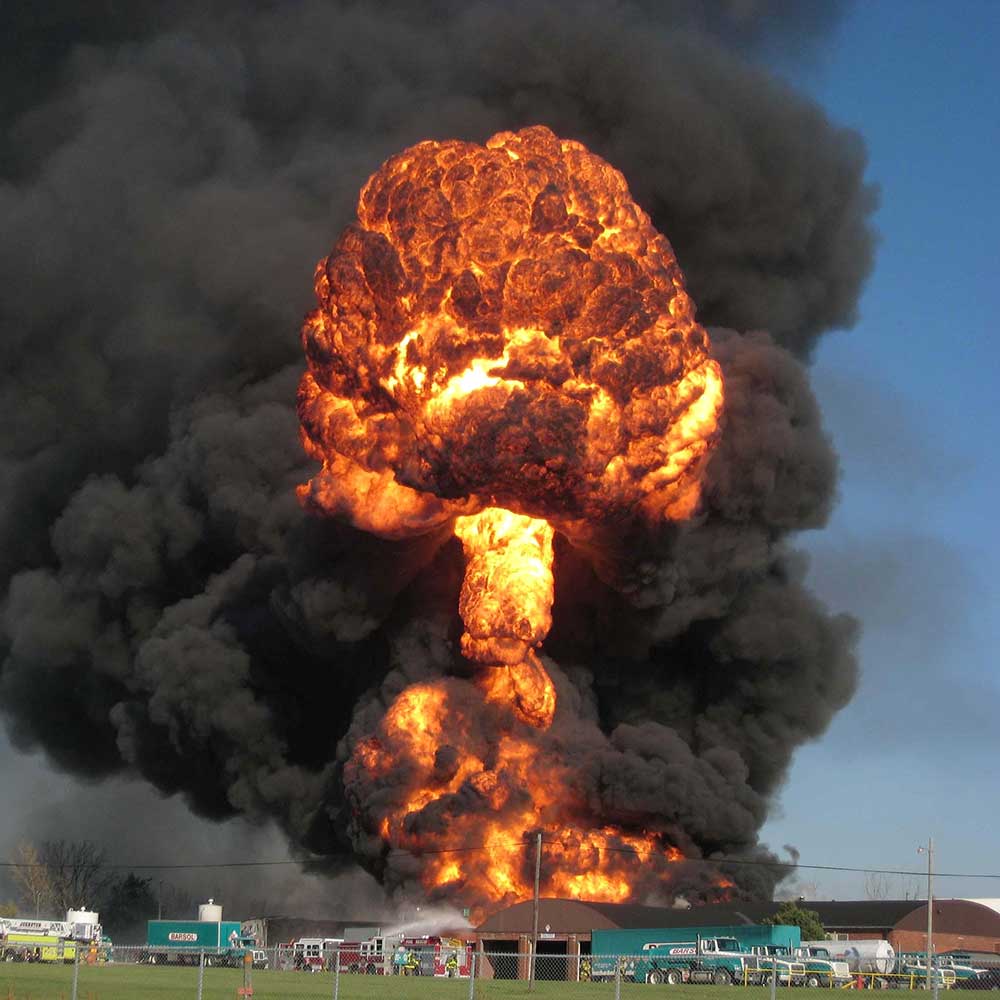
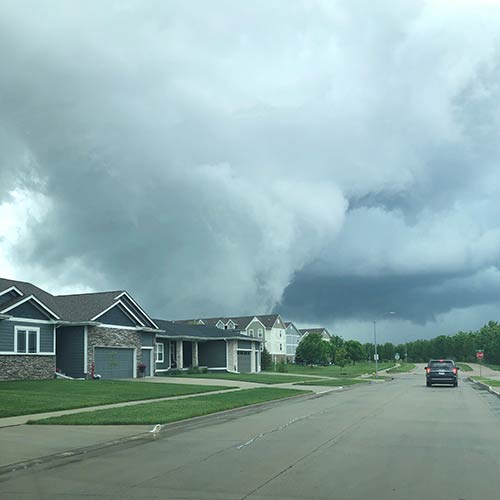
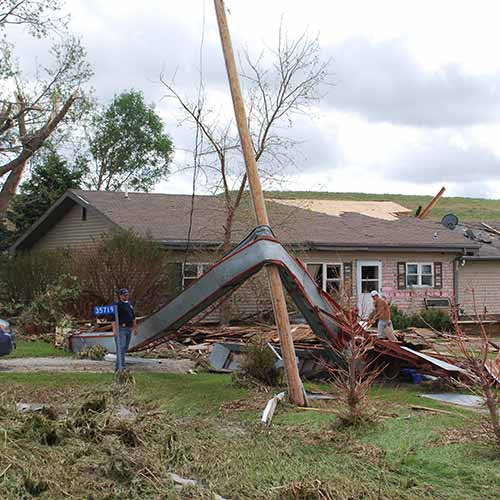
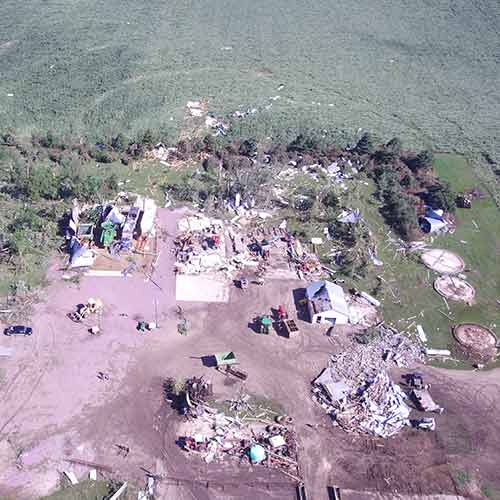

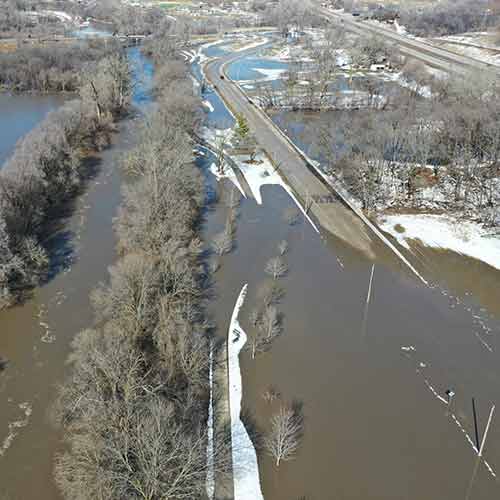
Get a Kit
A basic emergency supply kit could include the following recommended items:
- Local maps
- Wrench or pliers to turn off utilities
- Dust mask to help filter contaminated air and plastic sheeting and duct tape to shelter-in-place
- First aid kit
- Battery-powered or hand-crank radio and an NOAA Weather Radio with tone alert and extra batteries for both
- Water, one gallon of water per person per day for at least three days, for drinking and sanitation
- Food, at least a three-day supply of non-perishable food
- Flashlight and extra batteries
- Whistle to signal for help
- Moist towelettes, garbage bags, and plastic ties for personal sanitation
- Manual can opener for food
- Cell phone with chargers, inverter, or solar charger
Make a Plan
Your family may not be together if a disaster strikes, so it is important to think about the following situations and plan just in case. Consider the following questions when making a plan:
- How will I let loved ones know I am safe?
- How will my family/household get to safe locations for relevant emergencies?
- How will my family/household get emergency alerts and warnings?
- How will my family/household get in touch if cell phone, internet, or landline doesn’t work?
- How will family/household get to a meeting place after the emergency?
Be Informed
Emergency preparedness is not only for Californians, Midwesterners, and Gulf Coast residents. Most communities may be impacted by several types of hazards during a lifetime. Americans also travel more than ever before to areas with different hazard risks than at home.
Knowing what to do before, during, and after an emergency is a critical part of being prepared and may make all the difference when seconds count. Use this site to learn about potential emergencies that can happen and how to prepare for and respond to them.
